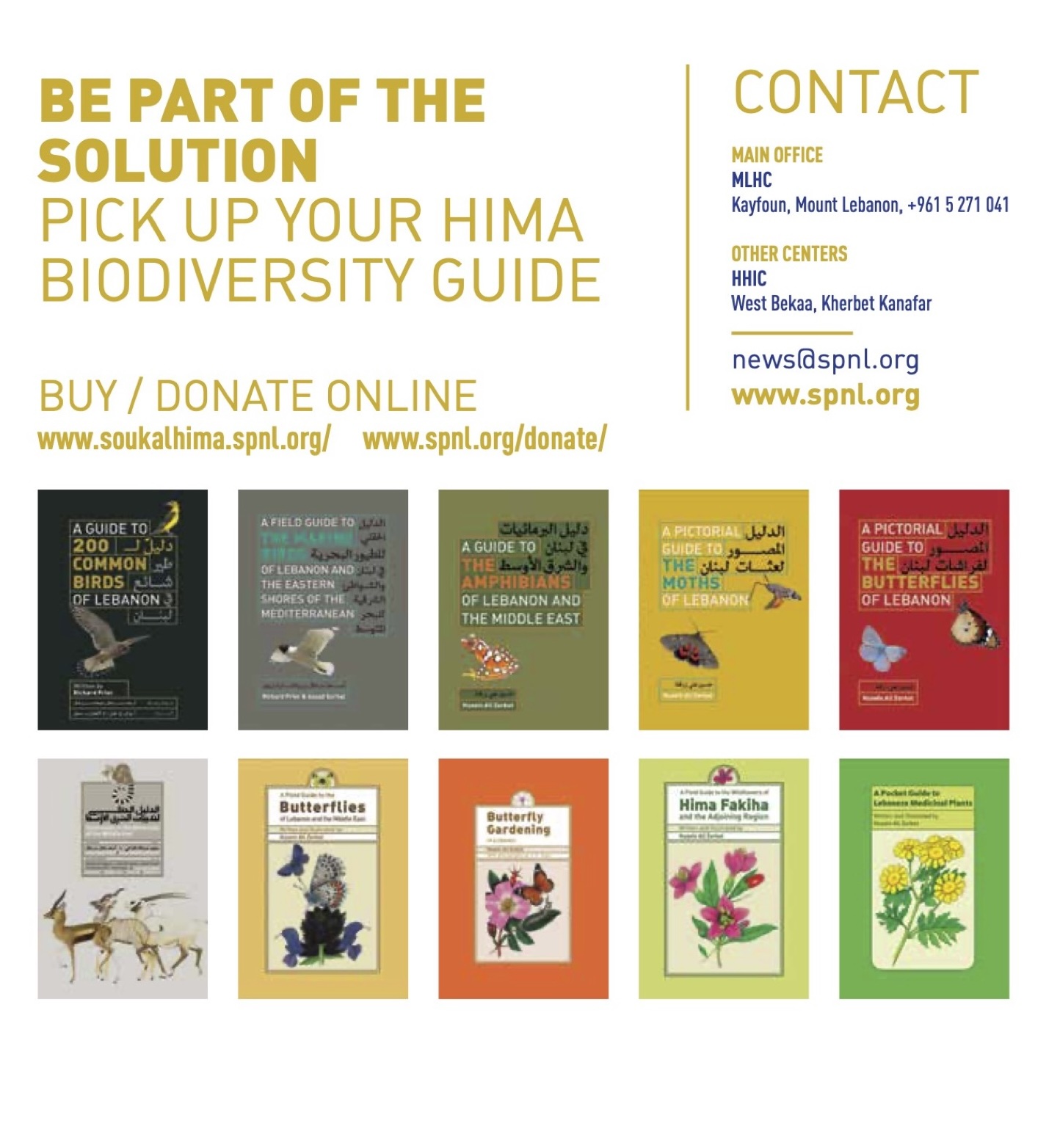In this year’s update to the IUCN Red List of threatened species, the recovery of the European Bison shows the true power of conservation. But with 31 extinctions announced and all of the world’s freshwater dolphin species now globally threatened, it’s never been more urgent to ramp up action.
On 15th December, BirdLife will provide its annual update on the status of the world’s birds – revealing which species are facing a higher extinction risk, and which species are breathing a little easier. Ahead of this, the IUCN has revealed its update for other taxa – and we’re pleased to share the news that an ancient member of Europe’s fauna is roaming the forests and plains once again. The European Bison Bison bonasus is Europe’s largest land mammal. Its looming outline formed an iconic part of prehistoric cave art, evidence of its vital role in the lives of our hunter-gatherer ancestors. Today, the species has moved from Vulnerable to Near Threatened on the IUCN Red List thanks to continued conservation efforts.
This is an extremely inspiring development given the ungulate’s tragic history. The bison was hunted to extinction in the wild in the early 20th century, surviving only in captivity until its reintroduction in the 1950s. But it would take many more years of care and management before it truly started to thrive. Finally, between 2003 and 2019, its wild population skyrocketed from 1,800 to over 6,200 bison, justifying the move from Vulnerable to Near Threatened this year. Today, there are 49 free-ranging herds, with the largest numbers found in Poland, Belarus and Russia.
Dr Rafał Kowalczyk, co-author of the new assessment and member of the IUCN SSC Bison Specialist Group, stresses that the work is ongoing: “Historically, European bison were reintroduced mostly to forest habitats, where they don’t find enough food in winter. However, when they move out of the forest into agricultural areas, they often find themselves in conflict with people. To reduce the conflict risk and the bison’s dependence on supplementary feeding, it will be important to create protected areas that include open meadows for them to graze.”

This high-profile success is encouraging proof of the impact conservation can have when given enough investment and resources. Road maps such as these are all the more important as the extinction crisis accelerates: in this year’s Red List update, 31 species were officially announced extinct. These included 15 species of unique fish found only in Lake Lanao in the Philippines, whose demise came about due to invasive species, destructive fishing methods and overfishing.
Also on the extinction list are three Central American frog species, who have been wiped out by the devastating chytridiomycosis disease: a fungal infection rapidly spreading across the world’s amphibians, possibly exacerbated by climate change. Fortunately, efforts to protect critical habitats are helping several other amphibian species to recover. Among them is the Oaxaca Treefrog Sarcohyla celata, which moved from Critically Endangered to Near Threatened this year thanks to the dedication of local communities in Mexico.
“The conservation successes in today’s Red List update provide living proof that the world can set, and meet, ambitious biodiversity targets. They further highlight the need for real, measurable commitments as we formulate and implement the post-2020 global biodiversity framework,” said Dr Jane Smart, Global Director of IUCN’s Biodiversity Conservation Group.

Preventing future extinctions needs to be a priority in the new global plan for nature. With the Tucuxi dolphin Sotalia fluviatilis moving from Data Deficient to Endangered this year, all of the world’s freshwater dolphin species are now listed as threatened. The Tucuxi, a small grey dolphin found in the Amazon river system, has been decimated by accidental “bycatch” in fishing gear, damming of rivers and pollution. Their recovery will require eliminating the use of gillnets – curtains of fishing net that hang in the water – reducing the number of dams, and enforcing the ban on the deliberate dolphin hunting.
Even something as solid and familiar as the oak tree is no longer safe from human pressures. This year, a comprehensive assessment of this group of trees reveals that nearly a third – 113 of 430 species – are threatened with extinction. Land clearance for agriculture and logging are the most common threats in China, Mexico and Southeast Asia. In the USA, however, invasive alien species, diseases and climate change are the main concerns.
While this news may sound dispiriting, the Red List is far from the death knell it may appear to be. Instead, it is an early warning system, guiding us to where action is needed most. Species classed as threatened become a rallying point for scientists, governments and communities to focus their efforts. The Red List is far from an end point – in fact, it’s where it all begins.
Look out for our special round-up of birds in the Red List update, coming out on 15th December.






